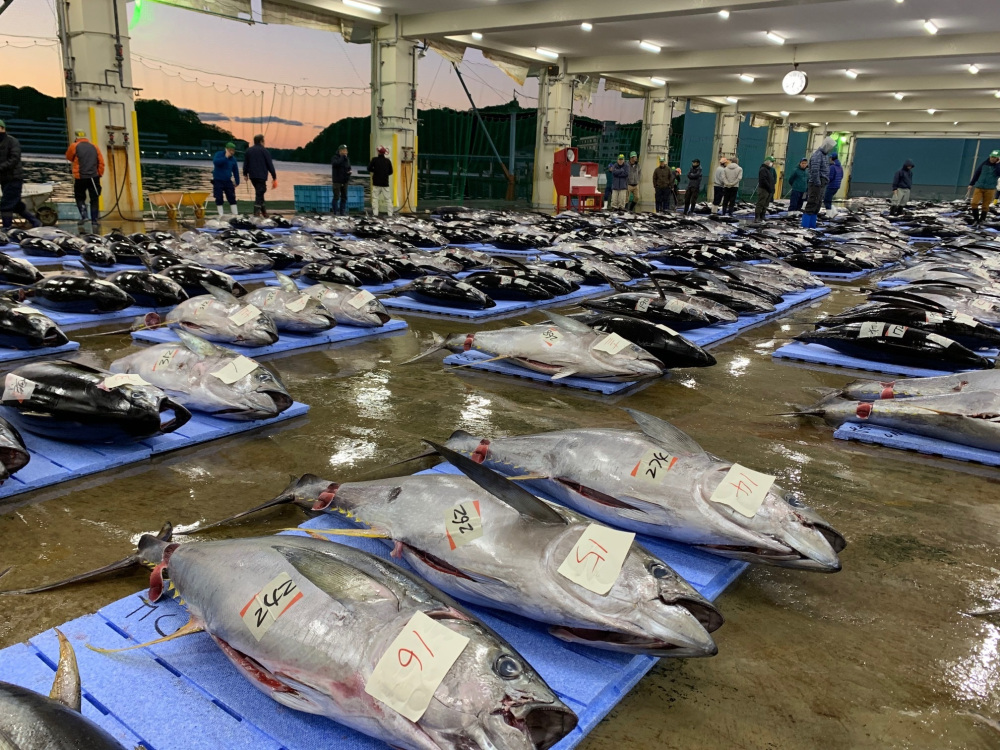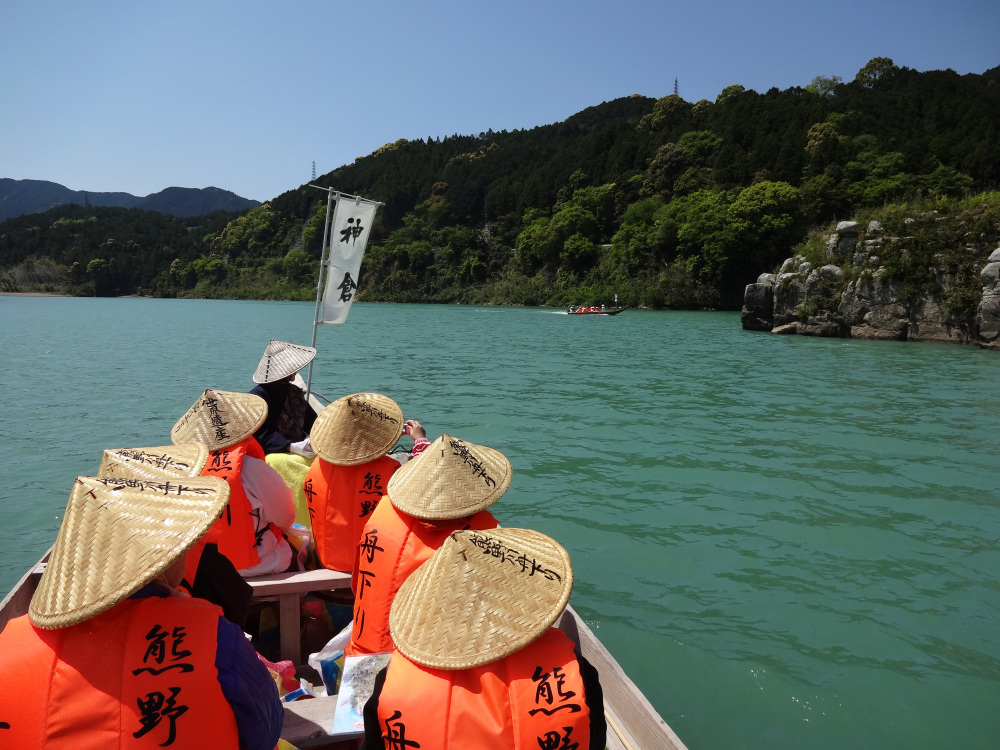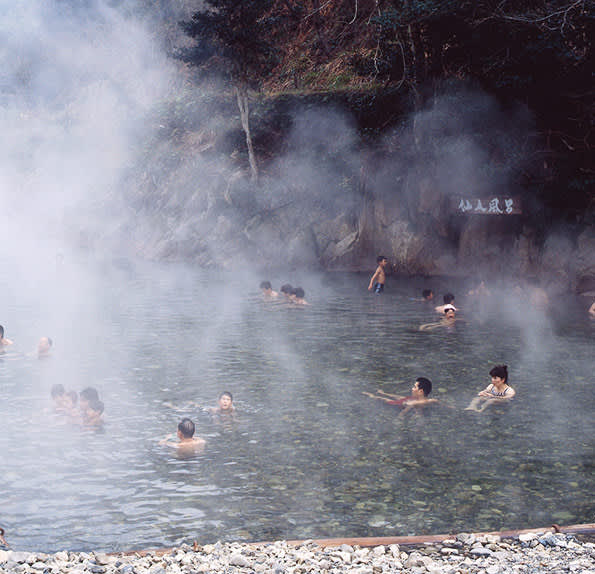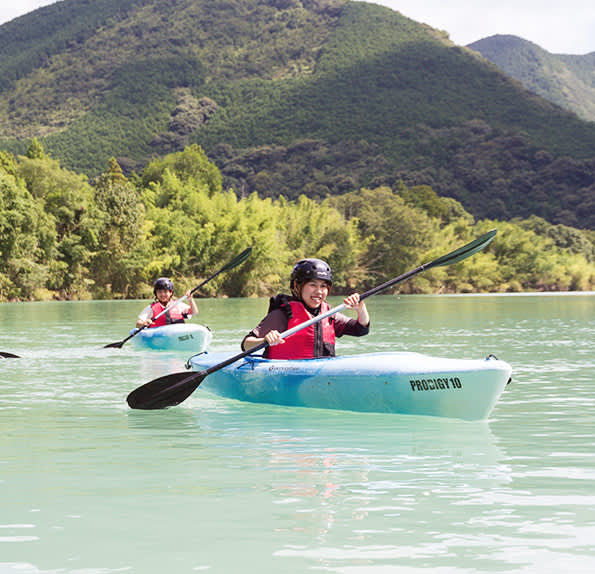Kumano Area: World Heritage Sites and Healing Onsen

Kumano is the spiritual heartland of Japan, where nature and spiritual enlightenment interplay. Down the centuries, its picturesque rivers, soothing thermal hot springs, waterfall-laced mountains and verdant forests have appealed to both the body and the soul.
Searching for Heaven on Earth, The History of Kumano Kodo
For millennia the rugged Kii Mountains of Kumano, with their old-growth forests, majestic waterfalls and ambling rivers have been thought of as Japan’s spiritual heartland. Referred to as the “holy ground where the gods dwell,"this mystical landscape has offered an earthly path towards self-discovery, purification and healing. Pilgrims first journeyed to this remote and sacred region during the Heian period (794 - 1185). Early pilgrims included Japan’s emperors and aristocrats. They made the 30 to 40 day arduous journey from the ancient capital of Kyoto – along routes that would come to be called the “Kumano Kodo” – in search of heaven on earth. As Buddhist influences had entered Japan by this time, Kumano also came to be known as the "Pure Land" or “pure world where Buddha dwells.”
The Kumano Sanzan, the three grand shrines of Kumano and Nachisan Seiganto-ji Temple, were established in this sacred region. Numerous subsidiary shrines known as Oji shrines – places for rest, purification rites and prayer for pilgrims – can still be found dotted along the Kumano Kodo. The main route is known as the Nakahechi route, which stretches across the peninsula from Tanabe City to Shingu City. In 2004, along with Koyasan, Yoshino and Omine, the Kumano Kodo was registered as a UNESCO World Heritage Site.
The Rustic Charm of Edo-style Living
To experience the deep nature of Japanese hospitality, the best place to experience traditional Japanese hospitality is a small Japanese inn (ryokan). The refined classical-style of the guestrooms will often feature shoji (delicate rice paper sliding doors), tatami (reed) mat flooring, and the tokonoma (an alcove where flowers are arranged and scrolls hung).
The 11-room Kamigoten Ryokan in Ryujin Onsen is an exceptional example of a Japanese ryokan. Originally built in 1657 for the feudal lord of Wakayama, Tokugawa Yorinobu, it is a registered cultural heritage site. It has been run by the same family for 29 generations. The waters of its onsen are also said to do wonders for the skin!
Geothermal Onsen Wonders
Bathing in Japan is a palliative for both body and mind. It is a fabulous way to round out a day of sightseeing or hiking, melting away the aches and pains of the journey, leaving just the recollections of misty forests, and beautiful shrines nestled in secluded groves. Along the Kumano Kodo routes, there are many bathing options including the geological thermal wonder Kawayu Onsen, a naturally occurring onsen river.
Local Cuisine
Wild herbs and vegetables, regional breeds of cattle and chicken, and seafood are typical of local Kumano cuisine. Local favorites include sweetfish (ayu) of which Wakayama is Japan’s leading producer. This freshwater fish is typically seasoned with coarse salt to bring out its delicate, fragrant taste, then skewered and slow roasted over an open flame. The rustic rice balls wrapped in pickled mustard greens (mehari-zushi) are also famous, which carried in lunch boxes by pilgrims taking the long arduous route to the Kumano Sanzan Shrines.
Lively Fish Markets & Auctions
Active commercial markets are not typically open to the public. Yet Katsuura Port Fish Market has a number of areas available where you can watch as 150 kg fresh tuna fish are sold-off during the lively early morning auctions, then whisked away to be shipped across Japan.
The Great Outdoors
Japan may be better known for its bright lights, big cities and heritage sites, but in Kumano you get to see another side of the country. From old-growth cedar forests, to river kayaking, canyoning or to whale watching, Kumano is a paradise for lovers of the great outdoors. Some of the stand outs are: the ambling boat river tours along the clear Kumano-gawa river, which follow the journey taken by pilgrims of old; adventure kayaking and camping is another way to take in the soaring cliffs and verdant greenery; Doro-kyo Gorge is particularly spectacular in Spring when cherry blossoms are out, and again in the Autumn when the leaves change color.
【Kumano Highlights】
Nachi Waterfall
Nachi Waterfall (Nachi no Taki) at 133m is the highest waterfall cascade in Japan, and is revered as the embodiment of a Shinto deity. Like all designated sacred sites, it is marked by shide, the lightning-bolt shaped paper hangings.
Kumano Hayatama Taisha Grand Shrine
Ensconced in the forest stands the vermilion Kumano Hayatama Taisha Grand Shrine, one of the three Kumano Sanzan. It is home to a sacred conifer tree, a natural monument and the largest of its kind in Japan.
Nachi Fire Festival
A summer fire festival held every July 14th at the base of Nachi Waterfall. As one of the oldest fire festivals, the moving spectacle involves a purification rite where white-clad individuals carry 50 kg giant torches, used to purify 12 Ogi-mikoshi (portable shrines).
Kumano Kodo Picture Scroll Procession
Participants in this festival, held annually on November 3rd, wear Heian Era (794-1185) garb, reminiscent of members of the Heian imperial household and the Court who were the first pilgrims to travel along the Kumano Kodo.
Onsen Tamago
Though sulfur-smelling onsen waters are not for the faint of heart, a local favorite snack and pastime may be seen while walking down the street. Eggs are boiled in onsen water (onsen tamago) along with other local delicacies such as bamboo shoots (take-no-ko). It is not uncommon, and is a pleasant way to interact for locals and visitors alike.
Traditional Log Rafting
Why not try a one-of-kind, exhilarating log ride down the swift currents of the Kitayama-gawa river, a reminder of traditional logging practices in the region.
Whale Watching
From the port of Nachi-Katsuura enjoy a scenic boat ride out into the Pacific Ocean. Along with sperm whales, killer whales, sharks and sometimes dolphins can be spotted.
Doro-kyo Gorge
Scenic river cruises glide through the Doro-kyo Gorge along the Kitayama-gawa River. From onboard, you can enjoy views of Yoshino Kumano National Park; it is the perfect vantage point to enjoy autumn leaves.
Kawayu Onsen
Kawayu Onsen, a geological thermal wonder, offers hot springs actually in the Oto River, a tributary of the Kumano-gawa River.
Kayaking / Camping
For the more active lifestyle, eco-tour kayaking and camping along the Kumano-gawa River offer a different vantage point to enjoy the landscape.
USEFUL TIPS AND THINGS TO KNOW
● The weather in southern Wakayama is generally quite mild all year round, with very little snow. January is the coldest month of the year when average temperatures hover between 3°C ~ 7°C. Humid and hot temperatures peak in August, whereas May, June, September and October are the most temperate months of the year. However, rainfall is also highest at this time, and in particular from May to August.
● Tanabe City, the second largest city in the prefecture, is the most convenient access point to the Kumano Kodo. The Tanabe Tourism office has an online booking service to help you plan your trip, from making reservations to booking guides.
● Hikers and pilgrims alike can send their luggage ahead when travelling to the three Kumano Sanzan shrines along the Kumano Kodo pilgrimage routes. A handy service particularly for international visitors travelling with suitcases.
● Kumano Kodo and Camino de Santiago (the Way of St. James) are sister pilgrimage routes, and the only two UNESCO-listed pilgrimage routes globally.
● Shide, the lightning-bolt-like folded paper hangings often attached to Shimenawa (rice straw rope) are used for purification in Shinto rituals and hung on areas to mark them as sacred places. The shimenawa over Nachi Falls indicates the presence of a kami (deity).
● Onsen waters known as bijin-no-yu are said to have beautifying properties. Ryujin onsen area is said to be a bijin-no-yu.


















